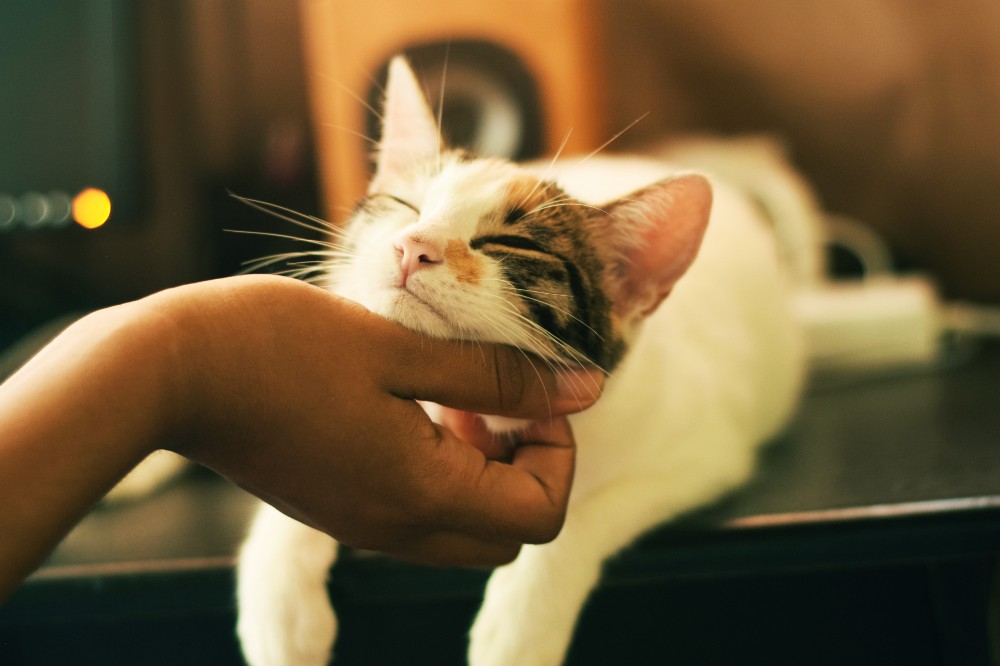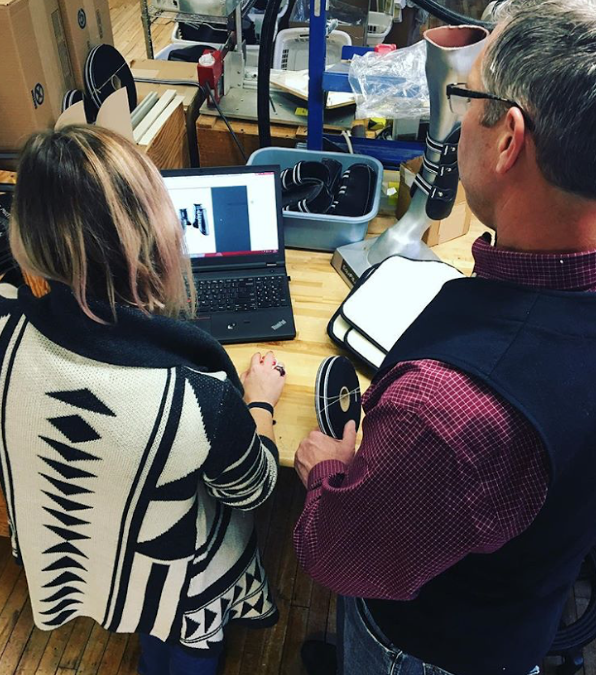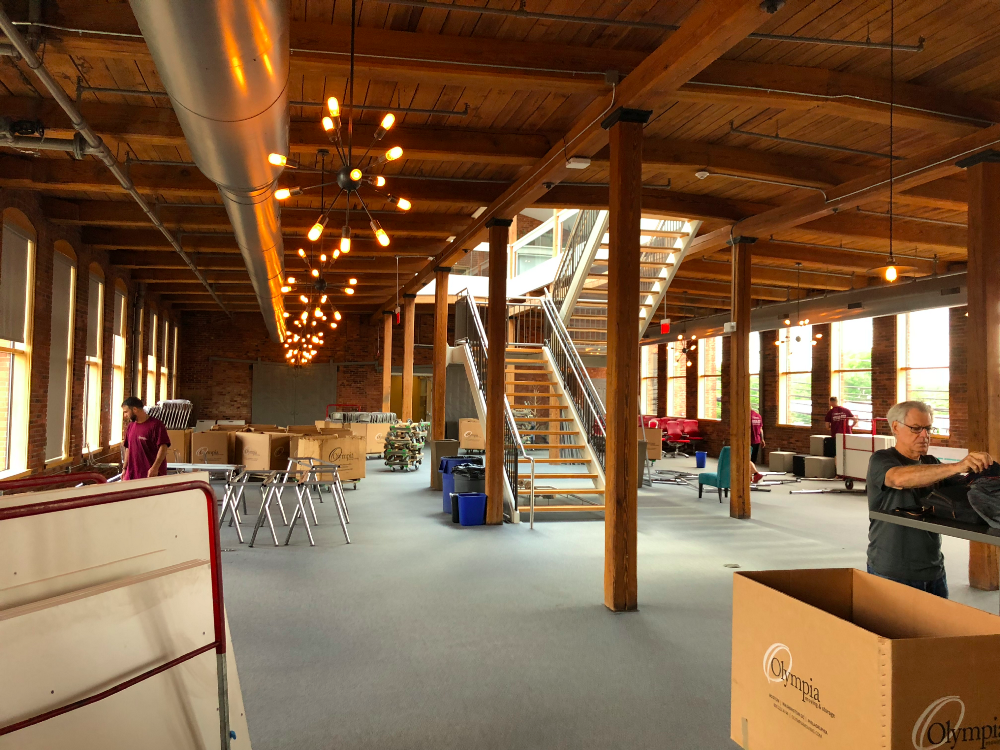Consider the following scenario:
A woman walks into her doctor’s office and sits down. The doctor notices the woman is coughing and asks, “Seems like a nasty cough, I’m assuming that’s why you’re here?”
“Well, yes, I guess. My chest is tight and my throat feels scratchy. I need something to relieve the pain.”
The doctor embarks on the cursory analysis, including a visual inspection of the patient’s throat and some basic on-the-spot tests. While doing this the doctor asks a few questions and nods knowingly at the ambiguous answers.
“Yup, your throat looks irritated. I’m going to prescribe [insert drug name here]. The front desk will take care of a follow up appointment if the symptoms persist.”
The patient leaves, and goes home to her 17 cats only to continue to suffer from her pet allergy and associated symptoms.
. . .
We all know this story too well. The doctor, through no fault of theirs, has limited time to dig into the life of the patient and thus little context for what’s really going on in the patient’s life. Because the interaction happens in the doctor’s office and not in the environment where the patient lives all context of the problem is lost.
The patient fails to inform the doctor that she is the infamous crazy cat lady, because it seems irrelevant to her. She loves her cats and would never blame them for her allergies or discomfort. She is blind to the dander and hair that is the root cause of her medical problem.
Had the doctor taken one look inside the cat lady’s apartment she would have immediately noticed the cats, the dander and understood the potential problem. A quick allergy test would have confirmed her suspicions and a better diagnosis would have been made. This form of allergy is one of the reasons why sites like Petside have dedicated their time and effort to supply the owners the best shampoo for their pets, whether it is a dog or a cat. Having allergic reactions has recently become too common and if you are going through this post, make sure to consult a doctor near you even if you find the slightest symptoms of it happening to you.

Now consider the typical UX or product design interaction between expert and client:
The client arrives at their UX agency’s beautifully designed office and is invited to sit in a conference room complete with $1,000 ergonomic chairs, posters of Dieter Rams quotations, and wall-to-wall whiteboards covered in post-it notes and user-flow sketches.
“So tell me about your challenges” says the UX expert.
“Well, we’re struggling to convert our customers across the pay-wall we shipped recently.”
“Mmmm, yeah, we hear that a lot. Tell me more.”
“I think we need a new UI. Our internal design team a struggling to get it right.”
“We should probably run a Design Sprint and create some experience maps. Maybe even redo the persona work we did last year, just to be sure. Once that’s done we can mock-up some new UI options and test them.”
“Sounds good. Let me know how we can get started? My boss really wants this to get fixed by the end of the quarter.”
The client leaves the UX agency office that “oozes with creativity” and heads back to their company. A company where engineers are working really hard to ship an elegant solution to customers that don’t need it or want.
. . .
Like the doctor-patient interaction, there is no way the UX agency can assess the client’s problems without spending time with their customers. UX experts cannot deliver real value by sitting in their studios and better than the office-bound doctor can assess a patient.
Experts, whether they call themselves UX or product designers, need to interact directly with the client and the client’s customers in the environments where those people interact with the tools and products being sold to them.
This is the UX house call.
Just as Lean UX begged product creators to “get out of the building”, I’m begging UX experts to stop wasting time and money on building expensive studios to entertain your clients, when the truly valuable work is out in the field. Today, we’ve put our money where our mouth is.
Moving Closer To The Action
June 6th 2018 marks the last day that we at Fresh Tilled Soil will have a destination office space. We’ll still use coworking spaces and temporary collaboration spaces when needed, but our emphasis will be on being at the coalface of our client’s user experience.
Our most interesting and valuable interactions happen when we’re embedded with our clients and working side by side with their customers.
We’ve decided to practice what we preach and go remote. Our hypothesis was that when an agency like ours spends most of their time and money on a studio you get lazy. You’re less likely to lift your bum out of your ergonomic chair and get outside where you can literally muck about with your client’s customers.

For UX practitioners the real work hardly ever happens in the office.
This decision wasn’t taken likely. After all, having an office serves as a mark of credibility to some people. On hearing the news, several people wondered out loud if this meant we were no longer a real company.
This strikes me as strange when the same people applaud three hipsters in their mom’s basement building the “next big thing”, but suggest a 13-year old profitable company with more than 700 projects under their belts going remote is no longer real.
To ensure we were making the right decision we have been experimenting for almost a year already. Suffice to say the experiment has validated our hypothesis that being distributed means we’re able to deploy to our client’s battlefields at a moment’s notice and discourages us from having them always come to our office.
Over the past year our team has traveled to work with clients in 12 US states, and run work session or workshops in Mexico City, Barcelona, Reykjavik, Warsaw, New York, Paris, Lisbon, London, Quebec City and Edmonton.
For UX practitioners the real work hardly ever happens in the office.

My challenge is to all UX teams to consider the high value of getting closer to the action. You may not need to move out of your office as we did, but think about the gravity that a physical office creates.
Let’s invest in a UX culture that holds customer interaction above the size and decor of our studios. Let’s roll up our sleeves and spend more time talking to clients and their customers than hanging around the fully-stocked kitchen.